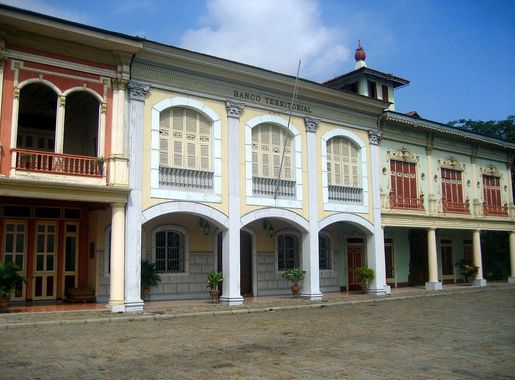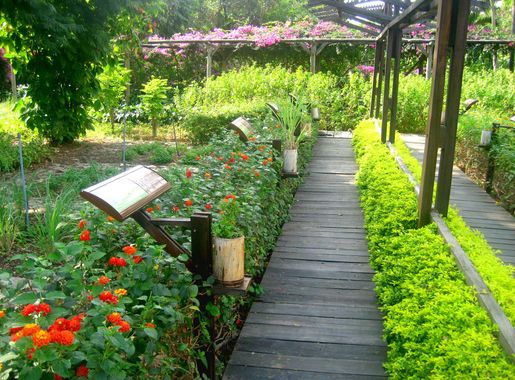
Historical Charm of Parque Histórico Guayaquil
Discover the essence of Guayaquil’s rich history, diverse wildlife, and cultural heritage at Parque Histórico Guayaquil, a unique blend of nature, architecture, and tradition.
Parque Histórico Guayaquil is a unique blend of history, culture, and nature nestled in the bustling city of Guayaquil, Ecuador. This captivating destination offers a glimpse into the region's rich past and diverse ecosystems, making it a must-visit for any traveler. The park is divided into three distinct sections: the Wildlife Zone, the Urban-Architectural Zone, and the Traditional Area, each offering a unique experience. In the Wildlife Zone, you can explore the lush mangroves and spot a variety of native animals, including exotic birds, monkeys, and even crocodiles. This section is designed to mimic the natural habitats of the species, providing a sanctuary for the local fauna and an immersive experience for visitors. The Urban-Architectural Zone is a step back in time, featuring beautifully restored buildings from the early 20th century. Stroll through the cobbled streets and admire the colonial architecture, which reflects the opulence of Guayaquil's past. This area also hosts various cultural events and exhibitions, adding to its charm. Finally, the Traditional Area showcases the rural life of the coastal region. Here, you can see traditional farming practices, visit a replica of a typical coastal hacienda, and even interact with locals who demonstrate age-old crafts and trades. This section offers a deeper understanding of the cultural heritage and lifestyle of the people of Guayaquil.
Local tips in Parque Histórico Guayaquil
- Visit early in the morning to avoid crowds and enjoy a more peaceful experience.
- Wear comfortable walking shoes as the park covers a large area with various terrains.
- Bring insect repellent, especially if you plan to explore the Wildlife Zone.
- Check the schedule for cultural events and exhibitions to make the most of your visit.
- Consider hiring a local guide for a more informative and enriching tour of the park.
Historical Charm of Parque Histórico Guayaquil
Parque Histórico Guayaquil is a unique blend of history, culture, and nature nestled in the bustling city of Guayaquil, Ecuador. This captivating destination offers a glimpse into the region's rich past and diverse ecosystems, making it a must-visit for any traveler. The park is divided into three distinct sections: the Wildlife Zone, the Urban-Architectural Zone, and the Traditional Area, each offering a unique experience. In the Wildlife Zone, you can explore the lush mangroves and spot a variety of native animals, including exotic birds, monkeys, and even crocodiles. This section is designed to mimic the natural habitats of the species, providing a sanctuary for the local fauna and an immersive experience for visitors. The Urban-Architectural Zone is a step back in time, featuring beautifully restored buildings from the early 20th century. Stroll through the cobbled streets and admire the colonial architecture, which reflects the opulence of Guayaquil's past. This area also hosts various cultural events and exhibitions, adding to its charm. Finally, the Traditional Area showcases the rural life of the coastal region. Here, you can see traditional farming practices, visit a replica of a typical coastal hacienda, and even interact with locals who demonstrate age-old crafts and trades. This section offers a deeper understanding of the cultural heritage and lifestyle of the people of Guayaquil.
Iconic landmarks you can’t miss
Parque Seminario
Explore the serene beauty and vibrant wildlife of Parque Seminario, a historic park in Guayaquil, offering a unique experience for every traveler.
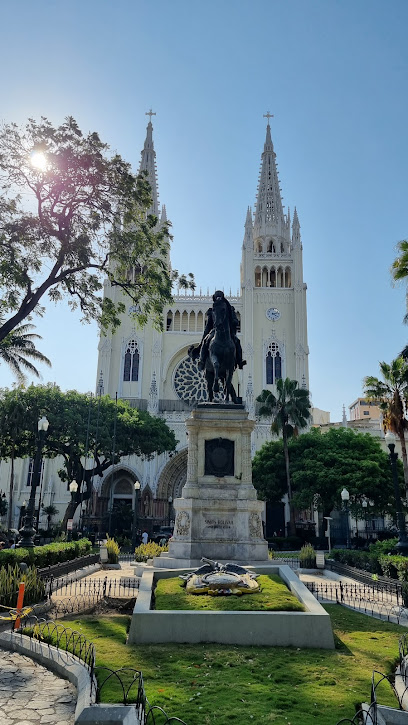
Guayaquil Historical Park
Explore the rich culture and history of Ecuador at Guayaquil Historical Park, a serene oasis filled with nature, tradition, and educational wonders.
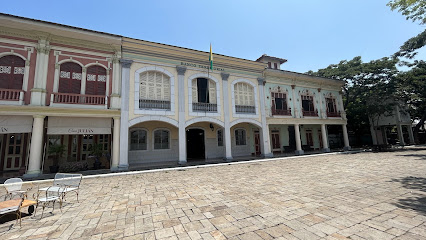
Malecón del Salado
Explore the vibrant Malecón del Salado, a scenic waterfront park in Guayaquil, perfect for relaxation, entertainment, and cultural immersion.
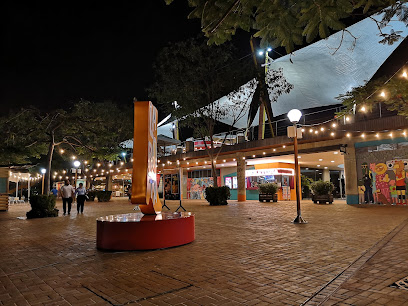
Historical Park Zoo
Explore Ecuador's rich biodiversity and cultural heritage at the Historical Park Zoo in Guayaquil, a perfect family-friendly amusement park experience.
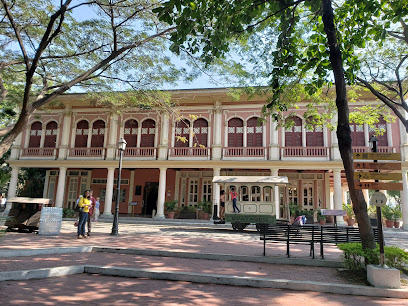
José Joaquín de Olmedo Monument
Discover the José Joaquín de Olmedo Monument in Guayaquil, a stunning tribute to Ecuador's history and culture set in a beautiful park.
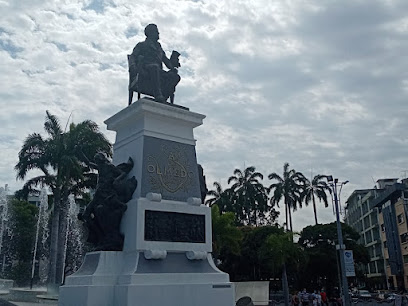
Monumento a Guayas y Quil
Discover the beauty and history of the Monumento a Guayas y Quil in Guayaquil, a stunning tribute set in beautifully landscaped gardens.
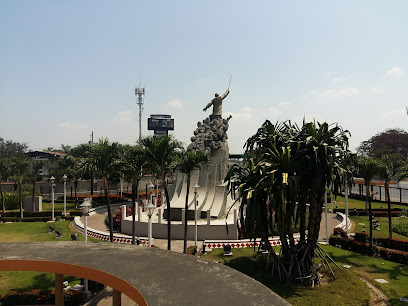
Unmissable attractions to see
Samanes Park
Explore the natural beauty and vibrant culture of Samanes Park, Guayaquil's premier urban oasis for recreation and relaxation.
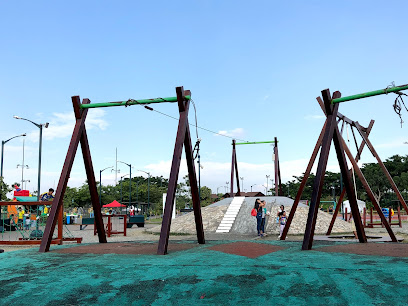
Malecón del Salado
Explore the Malecón del Salado, Guayaquil's vibrant waterfront, offering stunning views, cultural experiences, and delicious local cuisine.

Torre Morisca
Explore Torre Morisca in Guayaquil, a stunning Moorish tower offering beautiful views and rich cultural heritage in a vibrant riverside setting.
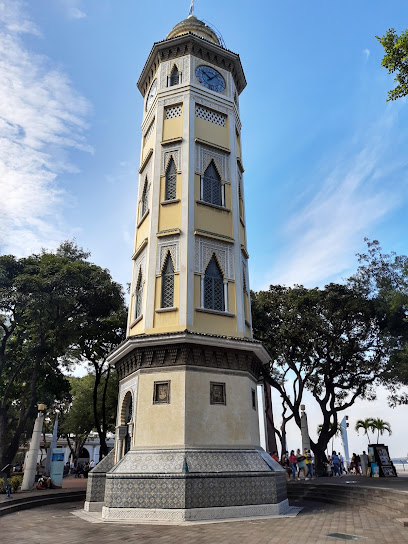
Museo Nahim Isaías
Explore the artistic and historical treasures of Ecuador at Museo Nahim Isaías in Guayaquil, a must-visit for culture enthusiasts.
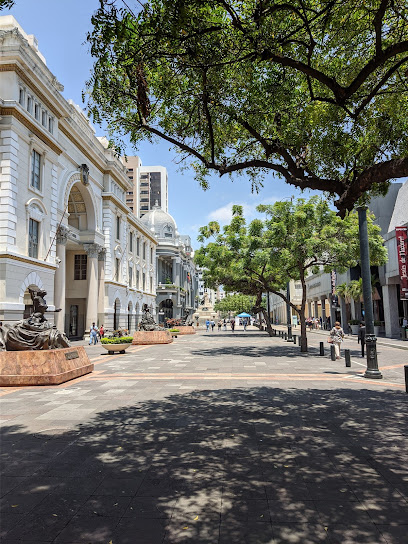
Essential places to dine
Casa Julián
Experience exquisite Ecuadorian cuisine at Casa Julián in Samborondón—where tradition meets innovation along the scenic Río Guayas.
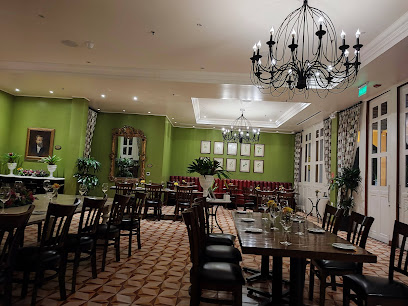
Picanteria la Culata
Discover authentic Ecuadorian cuisine at Picanteria la Culata in Guayaquil - a vibrant restaurant celebrating local flavors.
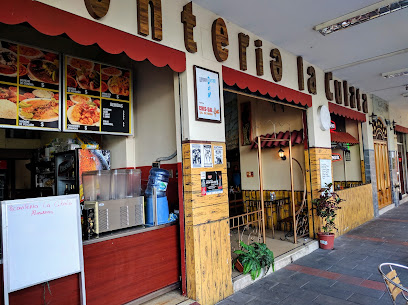
Rio Grande Restaurante
Discover authentic Ecuadorian flavors at Rio Grande Restaurante in Guayaquil – where culinary tradition meets modern dining.
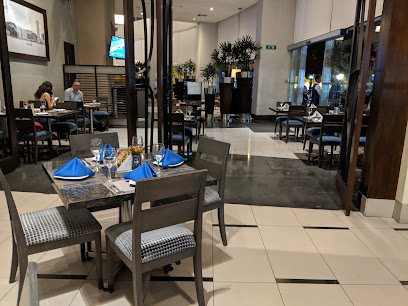
Zeru
Discover the exquisite taste of Ecuador at Zeru in Samborondón - where tradition meets innovation in every dish.
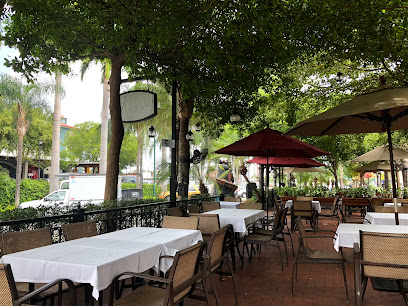
Restaurante Mi Tierra
Savor the essence of Ecuador at Restaurante Mi Tierra - a culinary haven offering authentic dishes in Samborondón.
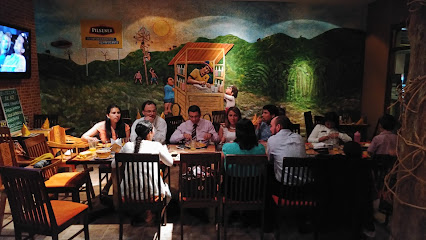
La Tasca del Centro
Experience the authentic flavors of Ecuador at La Tasca del Centro in Guayaquil—where culinary traditions meet warm hospitality.
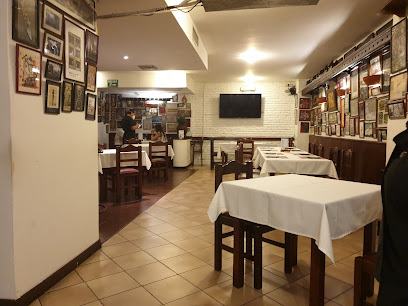
La Tasca de Carlos
Discover authentic Ecuadorian cuisine at La Tasca de Carlos in Guayaquil—where every dish tells a story.
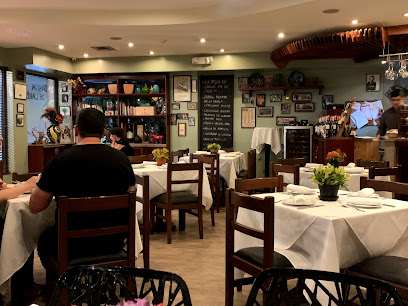
Otabe Guayaquil Restaurante
Savor authentic Ecuadorian cuisine at Otabe Guayaquil Restaurante - a culinary gem in Samborondón offering delightful flavors and warm hospitality.
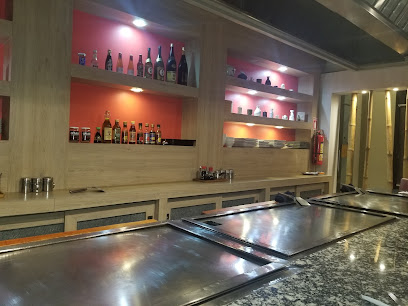
La Selvita
Experience authentic Ecuadorian cuisine at La Selvita in Guayaquil - home to exquisite grilled meats and inviting atmosphere.
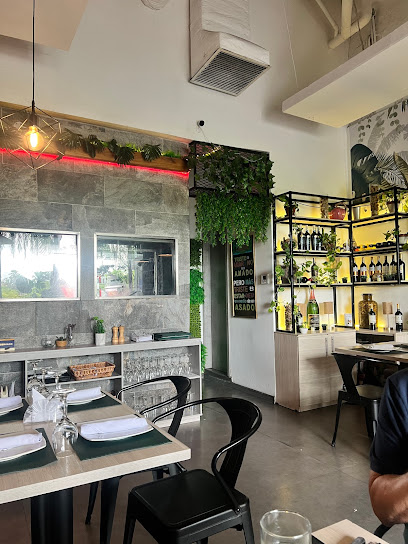
El Español Gourmet
Discover authentic Spanish flavors at El Español Gourmet in Guayaquil - a culinary delight waiting for you.
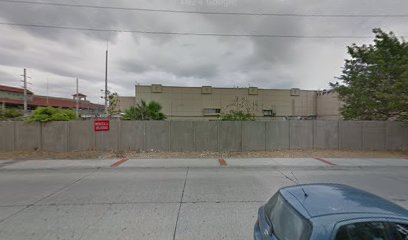
Markets, malls and hidden boutiques
Guayaquil Historical Park
Explore Guayaquil Historical Park, a vibrant blend of Ecuador's rich culture, history, and stunning landscapes in a serene, family-friendly environment.
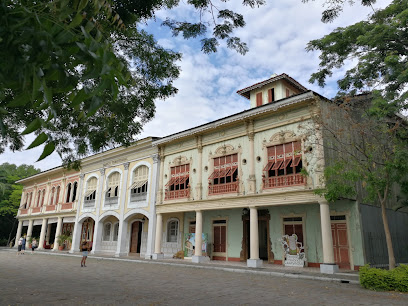
Artisanal Market of Guayaquil
Explore the Artisanal Market of Guayaquil for unique handmade crafts, vibrant textiles, and a taste of Ecuadorian culture.
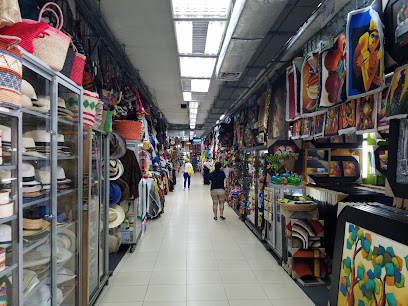
Britt Shop Ecuador
Discover authentic Ecuadorian gifts, artisanal crafts, and delectable treats at Britt Shop Ecuador, located in Guayaquil International Airport.
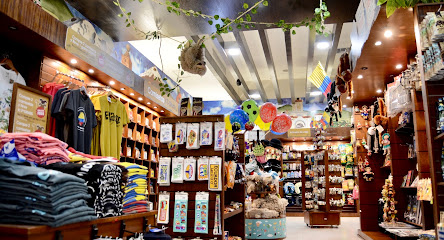
Bazar Wow
Discover your artistic side at Bazar Wow in Guayaquil, where creativity meets a diverse selection of art supplies and unique accessories.
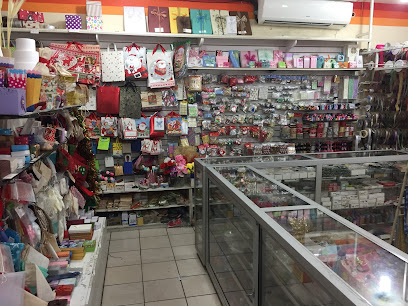
Casa Turquesa
Explore Casa Turquesa in Guayaquil for unique Ecuadorian crafts and delightful souvenirs that capture the essence of local culture.

DIORVETT
Discover unique gifts and local crafts at DIORVETT, the premier gift shop in Guayaquil, celebrating Ecuadorian artistry and culture.

Hippie Chic Joyas
Discover unique costume jewelry and gifts at Hippie Chic Joyas, a vibrant gem in Guayaquil's shopping scene.

Zuó
Discover the latest trends in women's fashion at Zuó, located in the vibrant Riocentro shopping complex of Guayaquil, Ecuador.

Witboy
Discover the trendiest clothing styles at Witboy, Guayaquil's fashion hotspot, where contemporary design meets local flair.

The brand retail
Explore The Fashion Hub in Guayaquil for stylish clothing that reflects Ecuador's vibrant culture and meets every budget.

Essential bars & hidden hideouts
Odisea Brewing
Experience the best of craft beer and local cuisine at Odisea Brewing, Guayaquil's premier brewpub destination for food and drink enthusiasts.
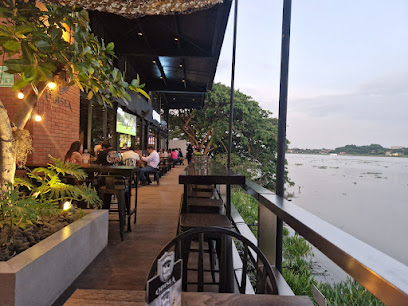
Gin Morrison
Discover the electrifying nightlife at Gin Morrison, Samborondón's top bar for unique cocktails and vibrant atmosphere.
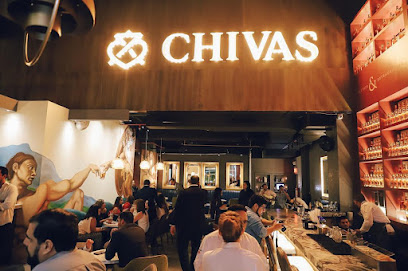
Red Lion | Bar en Guayaquil
Experience the vibrant nightlife and delicious grill specialties at Red Lion, Guayaquil's top bar and disco club for an unforgettable evening.
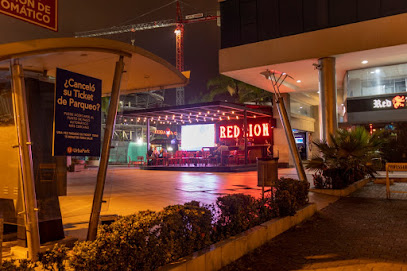
SantoBar
Experience the vibrant nightlife of Guayaquil at SantoBar, where cocktails flow and memories are made.
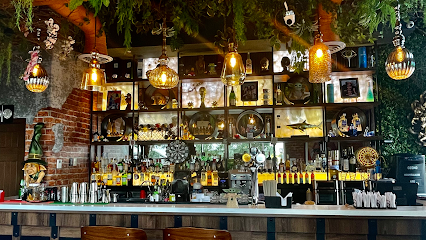
LATITUD CERO SAMBORONDON-GUAYAQUIL
Discover the vibrant craft beer scene at LATITUD CERO SAMBORONDON-GUAYAQUIL, where local flavors meet exceptional brews in a lively atmosphere.
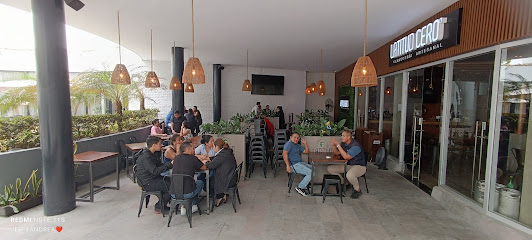
Beer Pub Gye
Experience the lively atmosphere and unique flavors at Beer Pub Gye, a premier brewpub in Guayaquil, perfect for craft beer enthusiasts and social gatherings.
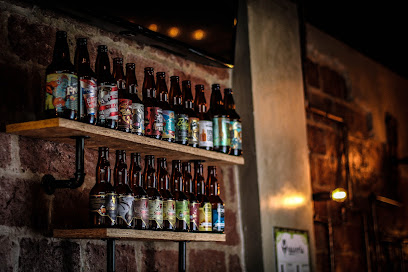
GAIA Lounge Bar
Experience the best of Guayaquil nightlife at GAIA Lounge Bar, where grilled delights meet exceptional cocktails in a vibrant atmosphere.
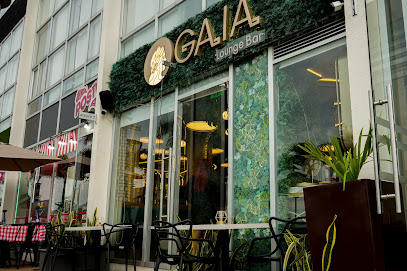
ACORDE
Discover the vibrant atmosphere of ACORDE, the go-to bar in Samborondón for creative cocktails and lively entertainment.
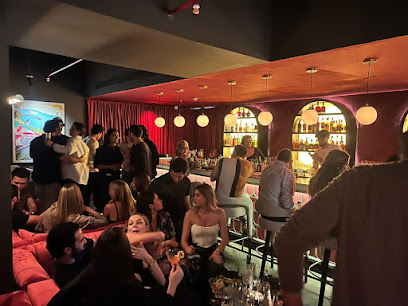
+ tur BAR
Discover the lively ambiance and unique cocktails at + tur BAR, an essential stop in Guayaquil's vibrant nightlife scene.
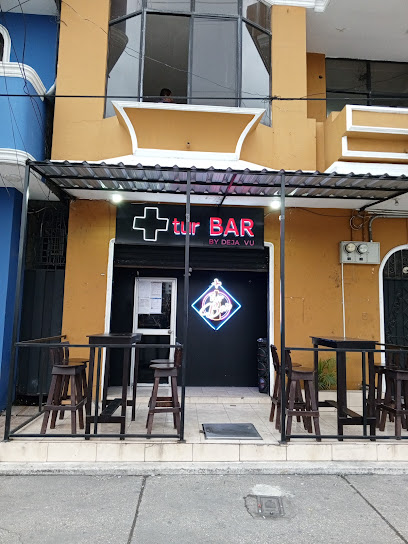
La pérgola del parque
Discover La Pérgola del Parque in Samborondón, a serene bar surrounded by beauty and culture, perfect for unwinding and savoring local flavors.

Local Phrases
-
- HelloHola
[oh-lah] - GoodbyeAdiós
[ah-dee-ohs] - YesSí
[see] - NoNo
[noh] - Please/You're welcomePor favor/De nada
[por fah-vohr/deh nah-dah] - Thank youGracias
[grah-syahs] - Excuse me/SorryPerdón/Lo siento
[pehr-dohn/loh see-ehn-toh] - How are you?¿Cómo estás?
[koh-moh ehs-tahs] - Fine. And you?Bien. ¿Y tú?
[byehn. ee too] - Do you speak English?¿Hablas inglés?
[ah-blahs een-glehs] - I don't understandNo entiendo
[noh ehn-tee-ehn-doh]
- HelloHola
-
- I'd like to see the menu, pleaseMe gustaría ver el menú, por favor
[meh goos-tah-ree-ah behr ehl meh-noo, poor fah-vohr] - I don't eat meatNo como carne
[noh koh-moh kahr-neh] - Cheers!¡Salud!
[sah-lood] - I would like to pay, pleaseMe gustaría pagar, por favor
[meh goos-tah-ree-ah pah-gahr, poor fah-vohr]
- I'd like to see the menu, pleaseMe gustaría ver el menú, por favor
-
- Help!¡Ayuda!
[ah-yoo-dah] - Go away!¡Vete!
[veh-teh] - Call the Police!¡Llama a la Policía!
[yah-mah ah lah poh-lee-see-ah] - Call a doctor!¡Llama a un doctor!
[yah-mah ah oon dohk-tohr] - I'm lostEstoy perdido
[ehs-toy pehr-dee-doh] - I'm illEstoy enfermo
[ehs-toy ehn-fehr-moh]
- Help!¡Ayuda!
-
- I'd like to buy...Me gustaría comprar...
[meh goos-tah-ree-ah kohm-prahr] - I'm just lookingSolo estoy mirando
[soh-loh ehs-toy meer-ahn-doh] - How much is it?¿Cuánto cuesta?
[kwan-toh kwehs-tah] - That's too expensiveEsto es muy caro
[ehs-toh ehs moo-ee kahr-oh] - Can you lower the price?¿Puedes rebajar el precio?
[pweh-dehs reh-bah-hahr ehl pree-syoh]
- I'd like to buy...Me gustaría comprar...
-
- What time is it?¿Qué hora es?
[keh oh-rah ehs] - It's one o'clockEs la una
[ehs lah oo-nah] - Half past (10)Las diez y media
[lahs dee-ehs ee meh-dee-ah] - MorningMañana
[mah-nyah-nah] - AfternoonTarde
[tahr-deh] - EveningNoche
[noh-cheh] - YesterdayAyer
[ah-yehr] - TodayHoy
[oy] - TomorrowMañana
[mah-nyah-nah] - 1Uno
[oo-noh] - 2Dos
[dohs] - 3Tres
[trehs] - 4Cuatro
[kwah-troh] - 5Cinco
[seen-koh] - 6Seis
[seys] - 7Siete
[syeh-teh] - 8Ocho
[oh-choh] - 9Nueve
[nweh-veh] - 10Diez
[dyehs]
- What time is it?¿Qué hora es?
-
- Where's a/the...?¿Dónde está...?
[dohn-deh ehs-tah] - What's the address?¿Cuál es la dirección?
[kwal ehs lah dee-rehk-syohn] - Can you show me (on the map)?¿Puedes mostrarme (en el mapa)?
[pweh-dehs mohs-trahr-meh (ehn ehl mah-pah)] - When's the next (bus)?¿Cuándo es el próximo (autobús)?
[kwan-doh ehs ehl proh-ksee-moh (ow-toh-boos)] - A ticket (to ....)Un boleto (a ...)
[oon boh-leh-toh (ah ...)]
- Where's a/the...?¿Dónde está...?
History of Parque Histórico Guayaquil
-
Guayaquil was founded on July 25, 1537, by Spanish conquistador Francisco Pizarro. This crucial event set the stage for the city's development and establishment as a prominent port on the Pacific coast of South America.
-
Throughout the colonial period, Guayaquil grew as a strategic trading hub. The influence of Spanish architecture is evident in Parque Histórico Guayaquil, where restored buildings reflect the colonial style that characterized the city during this era.
-
In the late 19th and early 20th centuries, Guayaquil became a major exporter of bananas, which significantly contributed to the region's economy. This economic boom led to urban development and an increase in the population, shaping the cultural landscape of Parque Histórico Guayaquil.
-
The mid-20th century saw a revival of interest in Guayaquil's cultural heritage. Parque Histórico Guayaquil was established in 1999 as a cultural park to preserve and showcase the history and traditions of the region, providing insights into the lifestyle and architecture of past eras.
-
In the 2000s, significant restoration efforts were made in Parque Histórico Guayaquil to preserve historical structures and promote cultural education. This initiative has helped to foster a sense of pride among locals and enhance the understanding of Guayaquil's rich history among visitors.
Parque Histórico Guayaquil Essentials
-
Parque Histórico Guayaquil is easily accessible from various neighborhoods in Guayaquil. The most convenient way is to take a taxi or use ride-hailing apps like Uber, which will provide a direct route. Public buses also connect to the area, with several lines stopping near the park. The nearest bus terminal, Terminal Terrestre, offers services from other cities if you're traveling from outside Guayaquil.
-
Inside Parque Histórico Guayaquil, the area is pedestrian-friendly, making walking the best way to explore. The park features a scenic walking path that allows visitors to enjoy the natural beauty and historical exhibits. Bicycles can be rented at nearby shops for those who prefer cycling. However, public transportation within the park itself is not available, and taxis can be arranged for trips to and from nearby attractions.
-
Parque Histórico Guayaquil is generally safe for tourists, but like any urban area, it is wise to remain vigilant. Avoid walking alone at night in less populated areas of the park. Certain neighborhoods, such as the outskirts of downtown or away from popular tourist sites, have higher crime rates, and it's advisable to avoid these areas after dark. Always keep personal belongings secure and be cautious when approached by strangers.
-
In case of an emergency, dial 911 for police, fire, or medical assistance. There are local clinics and hospitals throughout Guayaquil where tourists can seek help. It is recommended to have travel insurance that covers medical emergencies. For minor health needs, local pharmacies are available, and staff can often assist in English.
-
Fashion: Do wear comfortable, casual clothing suitable for walking. Avoid overly revealing outfits. Religion: Do respect local customs, especially in historical sites. Public Transport: Do be cautious when using public buses and don't engage in loud conversations. Greetings: Do greet locals with a friendly smile and a simple 'Hola.' Eating & Drinking: Do try local dishes at park eateries, and don’t bring outside food into the park.
-
To experience Parque Histórico Guayaquil like a local, engage with the park's historical reenactors and guides, who provide fascinating insights into the area's culture and history. Visit during weekdays to avoid large crowds and enjoy a more leisurely experience. Stop by nearby artisan markets to purchase handmade crafts and souvenirs, and don't miss the chance to enjoy a traditional Ecuadorian meal at one of the local restaurants.
Nearby Cities to Parque Histórico Guayaquil
-
Things To Do in Salinas
-
Things To Do in Cuenca
-
Things To Do in Manta
-
Things To Do in Ambato
-
Things To Do in Macas
-
Things To Do in Loja
-
Things To Do in Tena
-
Things To Do in Mindo
-
Things To Do in Quito
-
Things To Do in Otavalo
-
Things To Do in Ibarra
-
Things To Do in Piura
-
Things To Do in Pasto
-
Things To Do in Chiclayo
-
Things To Do in Popayán

